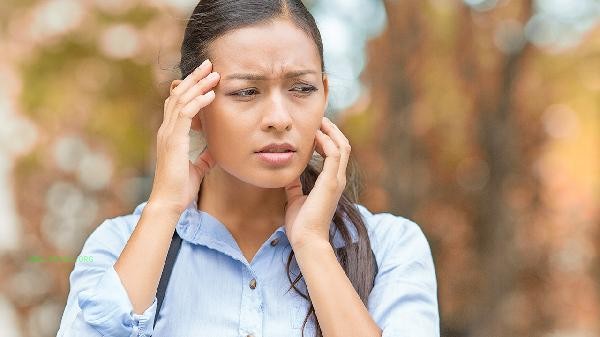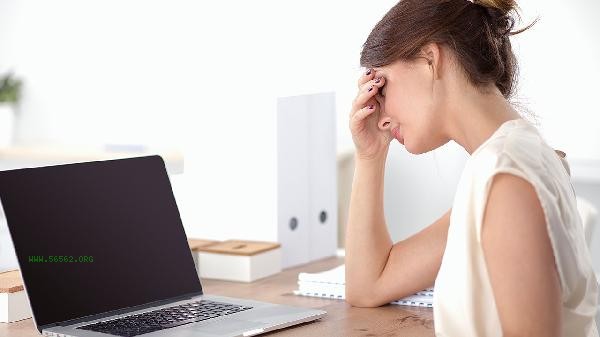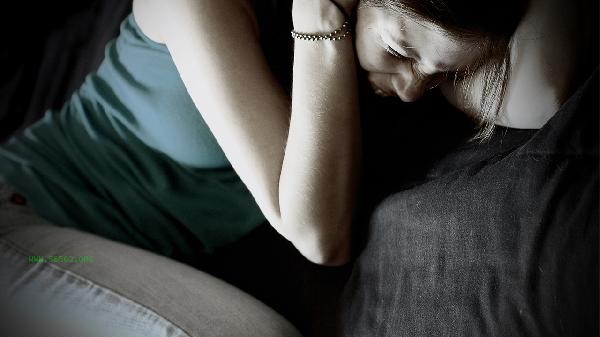Most patients with severe aplastic anemia can achieve long-term survival through standardized treatment. The main treatment methods include immunosuppressive therapy, hematopoietic stem cell transplantation, hematopoietic promotion therapy, supportive therapy, and integrated traditional Chinese and Western medicine treatment.

1. Immunosuppressive therapy:
Antithymocyte globulin combined with cyclosporine is the standard treatment regimen, which restores hematopoietic function by suppressing abnormal immune responses. The effective rate of treatment is about 60% -80%, and continuous medication is required for 1-2 years. Possible side effects such as serum sickness and liver and kidney toxicity may occur, and regular monitoring of blood drug concentration is required.
2. Hematopoietic stem cell transplantation:
Young patients with HLA matched sibling donors are the first choice for transplantation treatment, and the cure rate can reach 70% -90%. High dose chemotherapy is required before transplantation to eliminate abnormal immune cells, and long-term use of immunosuppressants is necessary after surgery to prevent graft-versus-host disease. The age limit is usually under 50 years old.
3. Hematopoietic stimulation therapy:

uses cytokines such as erythropoietin and granulocyte colony-stimulating factor to stimulate bone marrow hematopoiesis. Suitable for patients who are not suitable for transplantation or immunosuppressive therapy, it can improve anemia and infection symptoms. Continuous subcutaneous injection is required, which is costly and cannot cure the disease.
4. Supportive therapy:
includes component blood transfusion, anti infective therapy, and bleeding prevention. Platelets below 10 × 10 ⁹/L require platelet transfusion, while hemoglobin below 60g/L requires red blood cell transfusion. Prophylactic use of antibiotics is necessary during the period of granulocyte deficiency. If fever occurs, immediate blood culture and broad-spectrum antibiotic treatment should be performed.
5. Integrated Traditional Chinese and Western Medicine:
Chinese herbal formulas such as Zaizhang Shengxue Tablets and Yixue Sheng Capsules can improve the hematopoietic microenvironment, and when combined with Western medicine treatment, can enhance therapeutic efficacy. Acupuncture and moxibustion selects Zusanli, Xuehai and other acupoints to regulate immune function. It is necessary to seek treatment based on syndrome differentiation in a regular traditional Chinese medicine hospital and avoid taking folk remedies on one's own.

Patients need to maintain a clean living environment, disinfect their rooms with ultraviolet radiation daily, and avoid going to crowded places. Choose high protein and high iron foods such as lean meat, animal liver, spinach, etc. for diet, and thoroughly heat them when cooking. Engage in low-intensity exercises such as Tai Chi and Baduanjin to enhance physical fitness and avoid bleeding caused by intense exercise. Monthly blood routine check and bone marrow puncture every 3-6 months to evaluate the efficacy. Psychologically, it is necessary to establish confidence in overcoming illness and join patient support groups to gain support. During treatment, if there is persistent fever, severe bleeding, or a sharp decrease in hemoglobin, immediate medical attention is required.








Comments (0)
Leave a Comment
No comments yet
Be the first to share your thoughts!